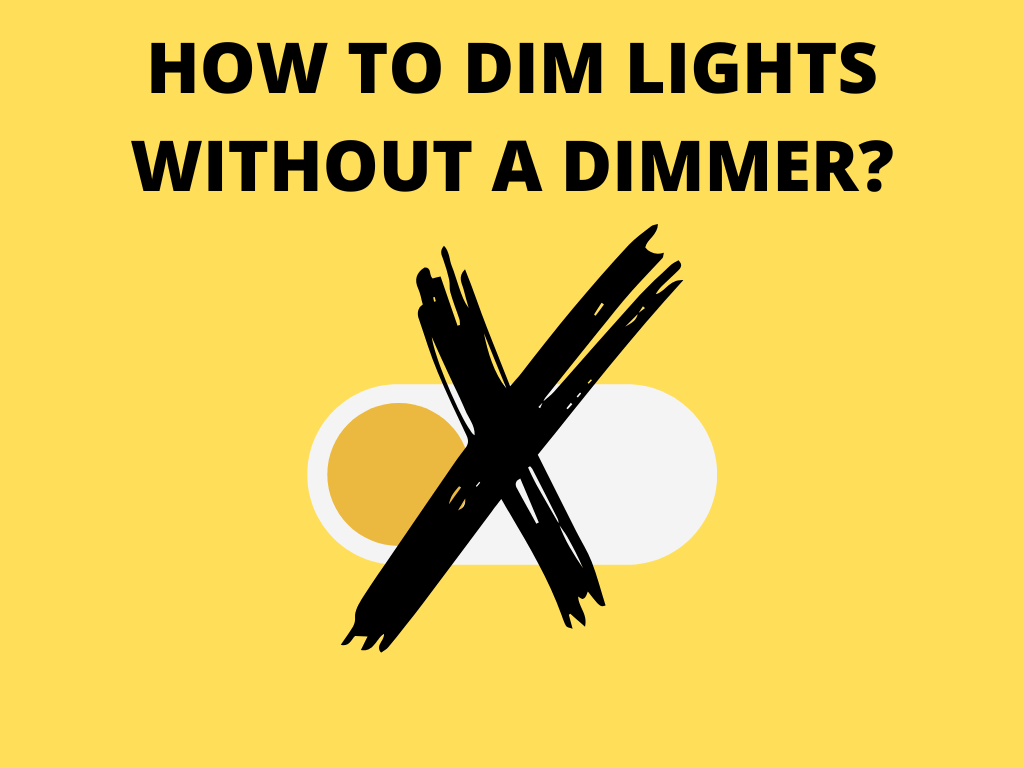Dimming lights without a dimmer is possible. It’s easy, fast, and very affordable.
You basically got three options if you want to dim your light bulbs without a dimmer.
Dimming lights bulbs without dimmer options:
- Scene switch bulbs
- Smart bulbs
- DIY project (which I don’t recommend)
| Brand | Type | Check Price | Rating 1-5 |
Philips LED 60 Watt Equivalent SceneSwitch | Soft White, Warm Glow, A19 LED Light Bulb, 4-Pack, Color Change | $ | 4.3 |
Smart Light Bulb | 2800k-6200k, WiFi Multicolor, Compatible with Phone, Google Home, Google Assistant and Alexa | $ | 4.3 |
DIY | DIY - I don't recommend this option. Electric shock hazard |
1. One option is Sceneswitch bulbs which I do recommend. These light bulbs work with your existing light switch on the wall and on regular lamp fixtures.
SceneChange bulbs have a built-in dim-chip, and when you toggle your light switch, it changes the light brightness.
You just simply replace your current bulb with the SceneChange bulb, then you can just toggle your existing light switch on the wall or on a lamp to change the light setting. You can simply adjust the light from cool white to warm white to a warm glow with different brightness.
If you want full-range dimming, from dark to full brightness, then you should look at the smart bulbs instead. The sceneswitch bulbs do not have full range dimming capabilities.
For full review check below.
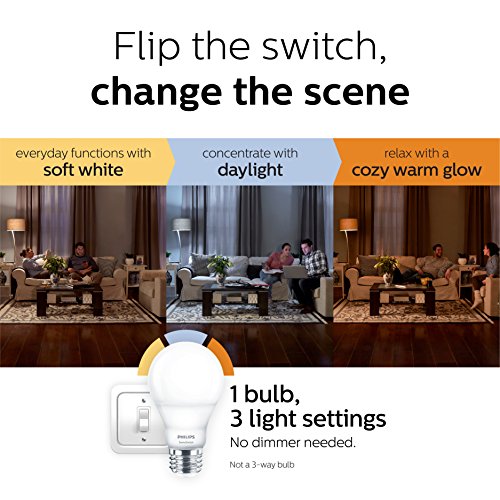
2. Smart bulbs are great for dimming without a dimmer they are a little bit expensive but, if you don’t mind the higher price it can be a great choice.
3. DIY project is something I don’t recommend. Yes, you can build a dimmable bulb with a diode, but it can be very dangerous because of the electric shock risk.
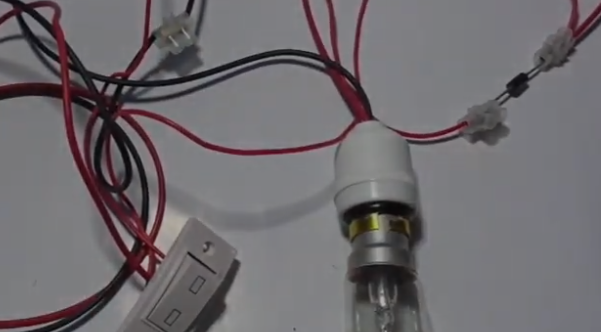
Philips SceneSwitch LED Bulb (dim without a dimmer switch) Review
You can get the Philips sceneswitch bulb in a 60 watt equivalent version, it`s also available in 100W and in a 65W reflector lamp version.
Any light fixture can be dimmable
You got three brightness options with the sceneswitch bulb and you don’t need a dimmer
The bulb reminds a lot of old-fashioned three-way light bulbs that had three different brightness levels, but instead of brightness levels, this bulb has three different color temperatures or shades of white light.
Different activities require different light settings
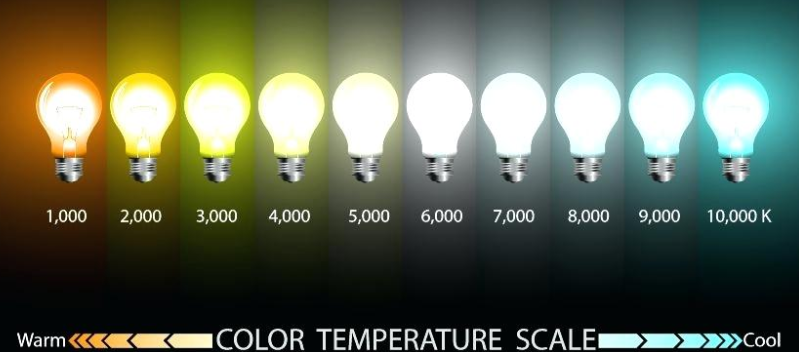
Color temperatures for your home
Now if you’re not familiar with what color temperature means, let me just review for you real quick.
This Philips bulb is the sceneswitch bulb at 2700 K
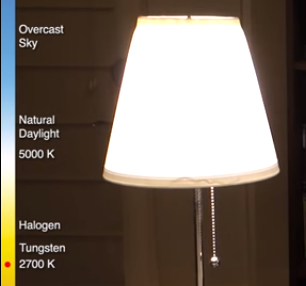
Color settings without a dimmer
Kelvin is the scale, from blue on the cooler side and higher numbers to warm on the lower side with lower numbers.
Kelvin is just the degree number that everything is measured in for color temperatures.
The above light bulb setting is a soft white, which is what we’ve been used to with incandescent lighting for the longest time.
This bulb will also switch to daylight white, which definitely has a much more blue look to it. And that’s again on the higher side
of the Kelvin scale, kind of what you would expect to see at like noon in broad daylight outside.
Sceneswitch bulb at 5000K
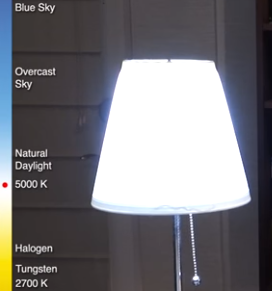
You can definitely see the bluish light if you compare to the former one, which is the warmer soft white kind of more yellowish light.
You can make the light bulb less bright – Night light mode
This also has one more setting, the third setting is 2200 Kelvin and it also dims the light down to about 15% brightness.
Sceneswitch bulb at 2200K
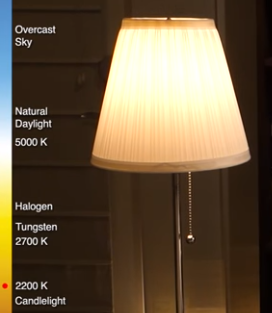
So the different light options you have with this bulb are:
- Soft white
- Daylight white(more bluish)
- Cozy warm glow
You don`t need to use any apps, controllers, or home automation it’s all built into the bulb for under 10 dollars which is great because you don’t have to buy multiple bulbs to get different types of the color temperature of your light.
And you don’t have to buy dimmers, you don’t have to do any of that if you want something simple this bulb may be the bulb for you.
Now let`s dim it down and take the shade off so you can see what the bulb looks like.
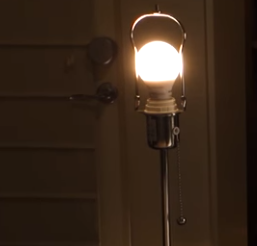
It looks like a standard LED bulb and it’s pretty much exactly what their other bulbs by Philips look like.
I’ve got another one here this is one of their hue bulbs that is just a white bulb and very similar in design and shape.
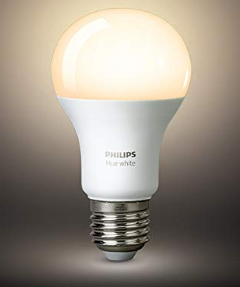
Heat testing the bulb
This review wouldn’t be complete if we didn’t do some testing for the heat temperature of the bulb.
So we’ll look at the bulb shell itself which is about 105 degrees and it’s been running for a while so that’s not too bad.
The heat sink itself is on the bottom which is metal of course gets much warmer about 130 degrees.
How to dim a lamp
Energy saver
It’s an energy-efficient bulb at 9.5 watts, 8 watts, and 3 watts. Respectively for the different soft white, daylight white, and super cozy warm glow mode.
Lifetime of sceneswitch bulb and warranty
These are not specifically designed to last as long as other regular LED bulbs. Normal led bulbs without scene selection will last you 20 to 25 years.
This sceneswitch LED bulbs is supposed to last about 13.7 years probably just due to the change in technology that they’re generating these different colors of light.
Philips has a standard 5-year warranty on the bulb that you can double to ten years. You just simply register the bulb online within 60 days of purchase at their website and you’ll get 10 years of warranty out of it.
The companies are usually pretty good about replacing the bulbs if they go out within the warranty period, so I think that’s a smart move to register to get the 10 years warranty.
Brightness confirmed
These bulbs deliver 800 lumens or 60-watt equivalent light output at the soft white and daylight white.
And then about 80 lumens and 3 watts when you want to create a kind of a cozy warm glow.
Smart features
A really good feature is that once you turn it off and you wait at least five seconds ,and you turn it back on it will resume its last setting.
So you don’t have to worry about flipping it on and off a bunch of times the next time you turn it back on so it has some smart features built into it as well but not for the smart bulb price.
Sum Up
If you’re looking for something simple not like the advanced home automation stuff with Philips hue and all the more expensive color-changing, this may be something for you in terms of if you don’t want to deal with dimmers, don’t want to install special stuff and just have on/off functionality.
If you use one to replace a 60-watt incandescent it’ll pay for itself in energy savings in just over a year, then continue saving you money for years to come.

